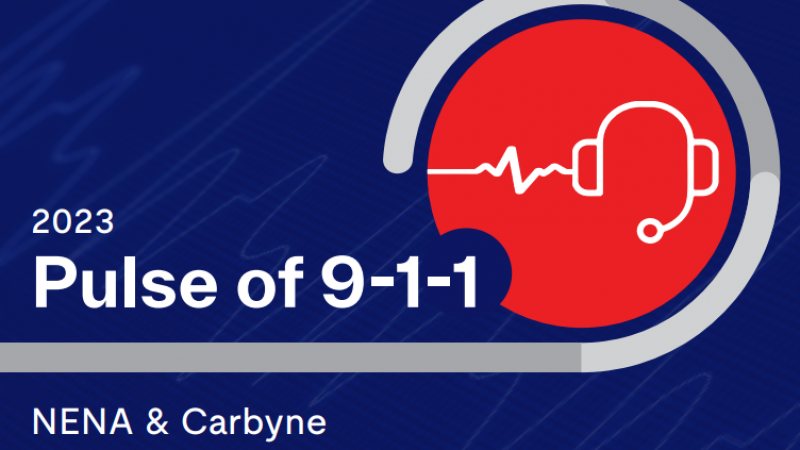
The 9-1-1 industry is facing challenges in staffing, technology, wellness/mental health, and Diversity, Equity and Inclusion (DEI) within the workplace.
Main findings:
Staffing
75% of survey participants attributed staffing issues primarily to the high-stress environment, while almost 65% cited low wages as the main deterrent.
Technology
83% of respondents say they experience high call volumes multiple times weekly, including a substantial amount of misdials clogging up the lines. Additionally, 33% handle spam calls and 29% grapple with incident-specific surges.
Outdated technology is a recurring issue, with 60% of participants noting that their centers regularly experience outages affecting either their phone or computer systems or both.
Access to geolocation services is limited, with less than half of the respondents indicating the availability of services like RapidSOS and/or Carbyne in their centers.
Wellnes/Mental Health
74% of respondents revealed that their 9-1-1 centers are plagued by staff burnout, with 83% observing early warning signs such as anxiety, fatigue, and low energy levels.
Despite the positive fact that over 90% of the participant’s employers provide support services, only 34% of employees and an even smaller percentage of telecommunicators (18%), make use of these facilities.
Training and preparedness
Less than half of the respondents felt adequately equipped to handle any incident. Around 38% felt ill-prepared to deal with an active shooter situation, 25% felt they lacked training for mental health calls, and 18% were uncomfortable managing civil disturbances or bias-related events.
Demographics
The industry exhibits a significant female representation, with women making up 68% of survey respondents.
Call center staffing is aging. Approximately 60% of respondents are between 30-50 years old.
Diversity, Equity and Inclusion
While a majority, 56% of participants, felt their workplaces were mostly or entirely inclusive, 42% observed a lack of diversity within their leadership ranks (supervisors, managers, directors).
A quarter of participants reported that their center's demographics do not accurately reflect the communities they serve, and nearly 40% do not reside within the jurisdiction they serve.
For access to the fuil report, click here.
